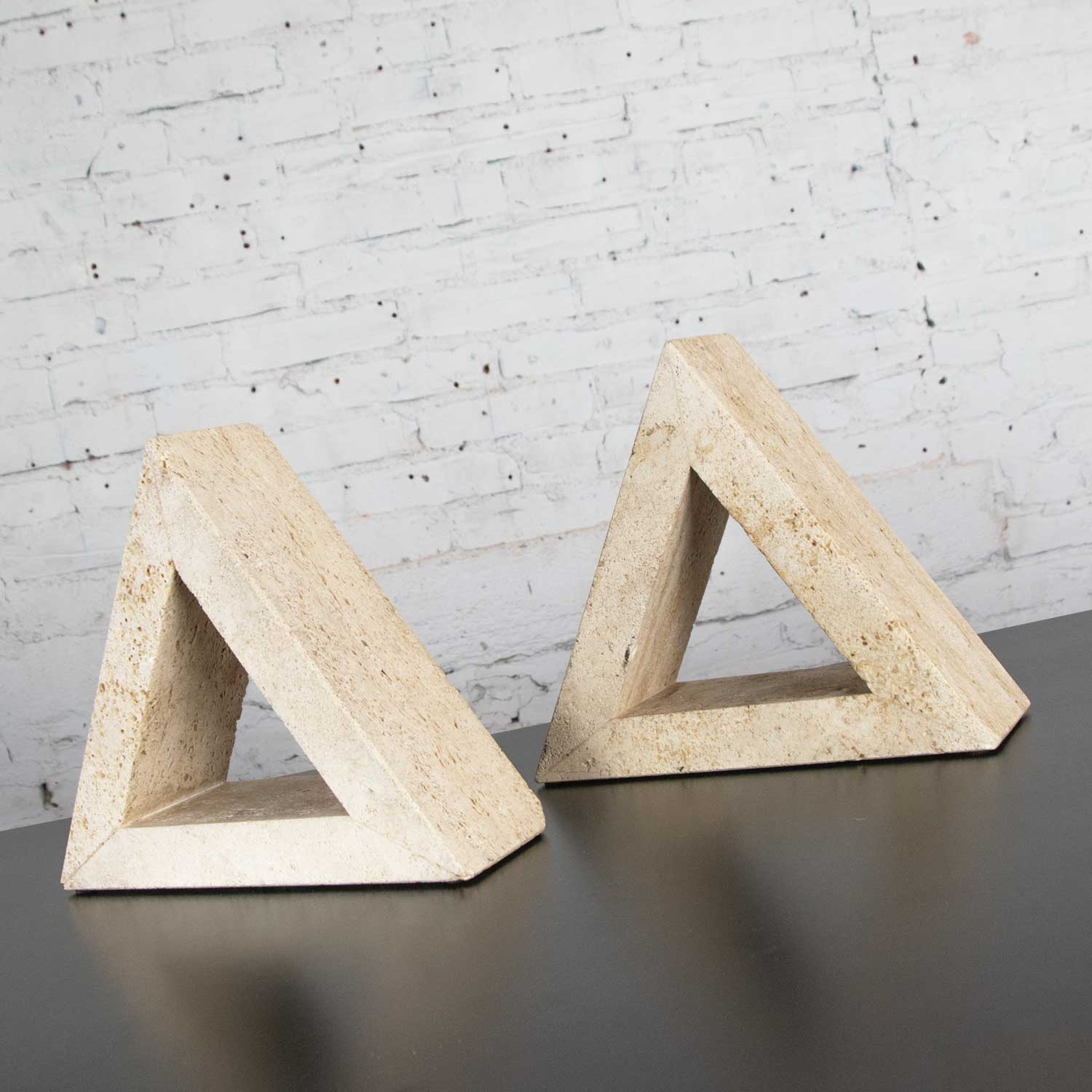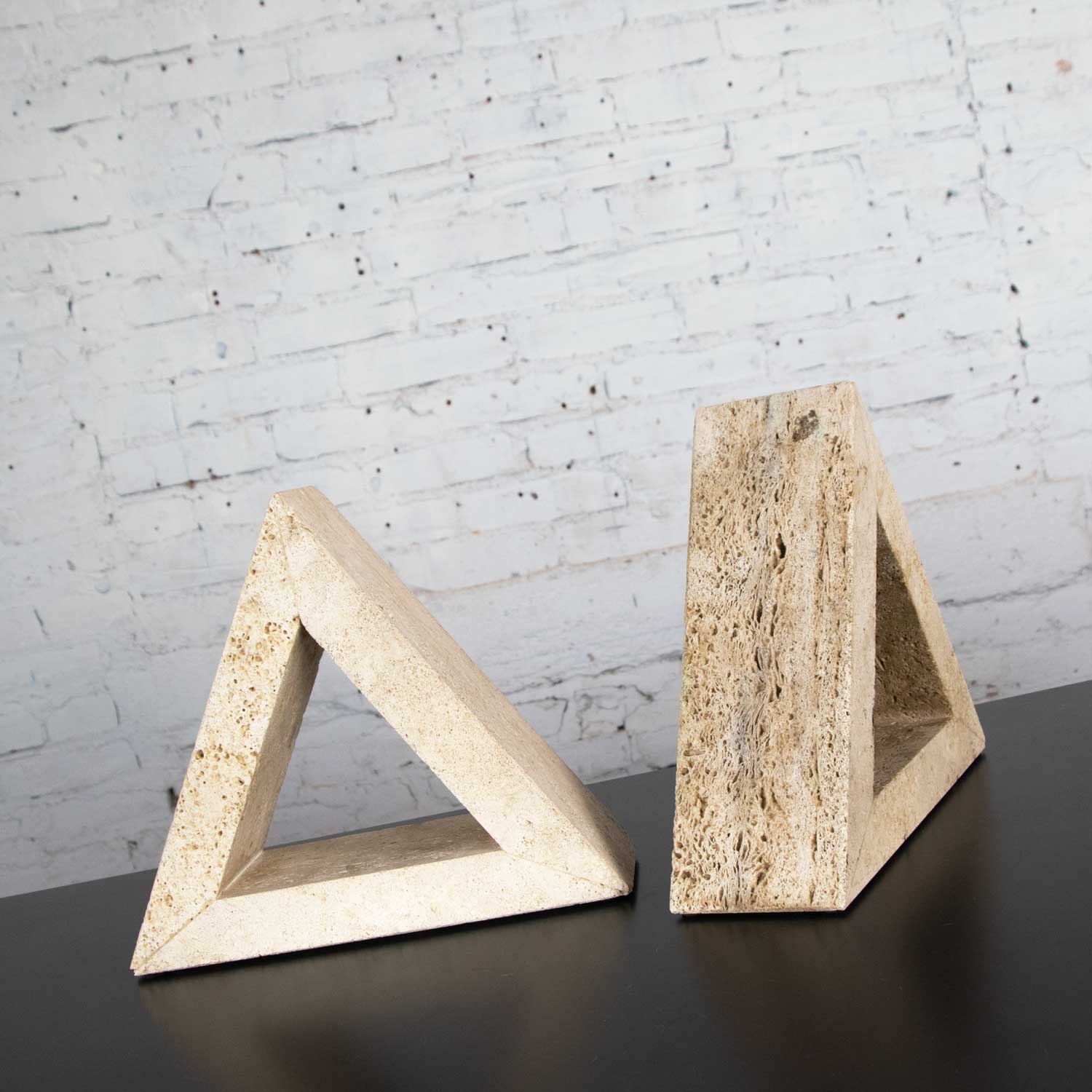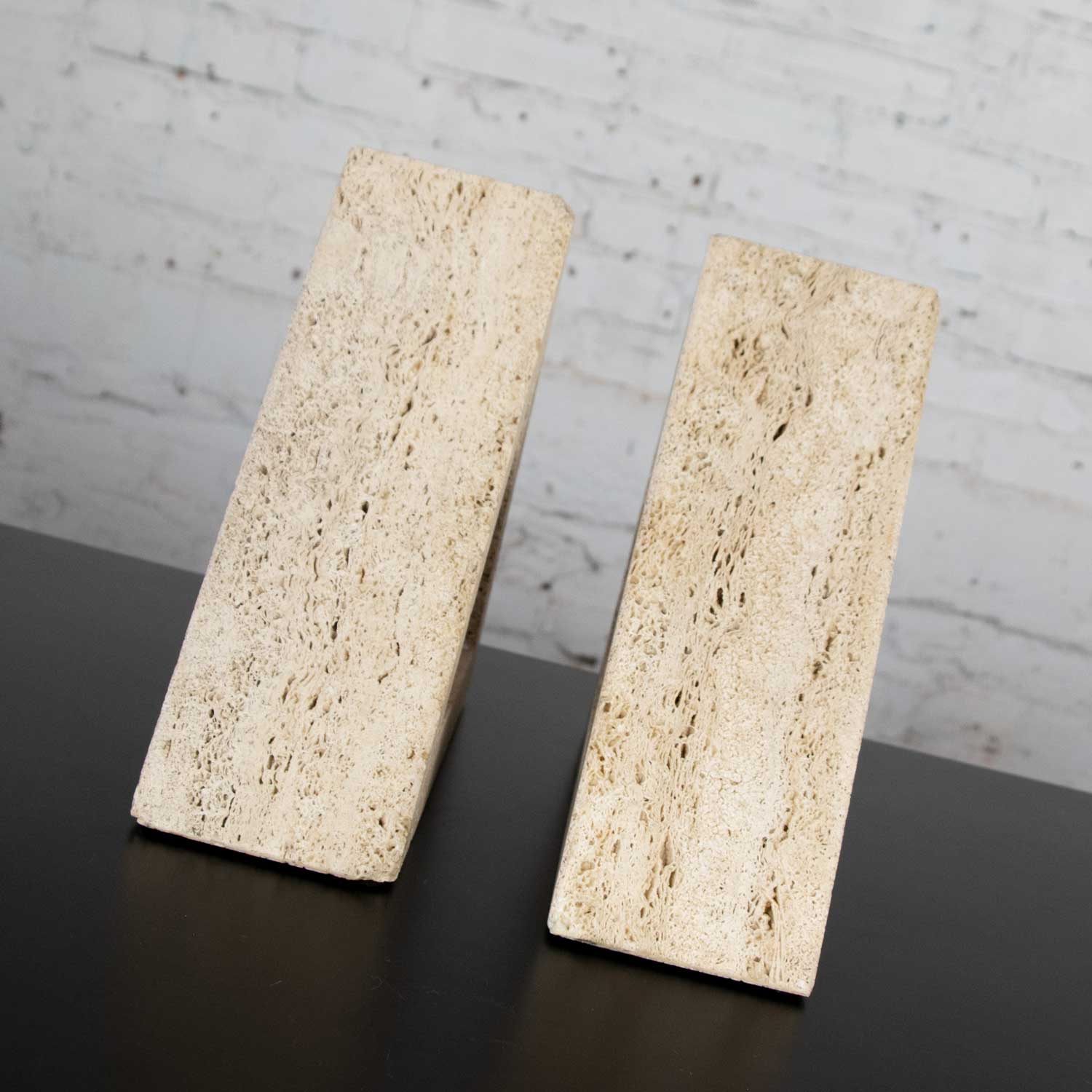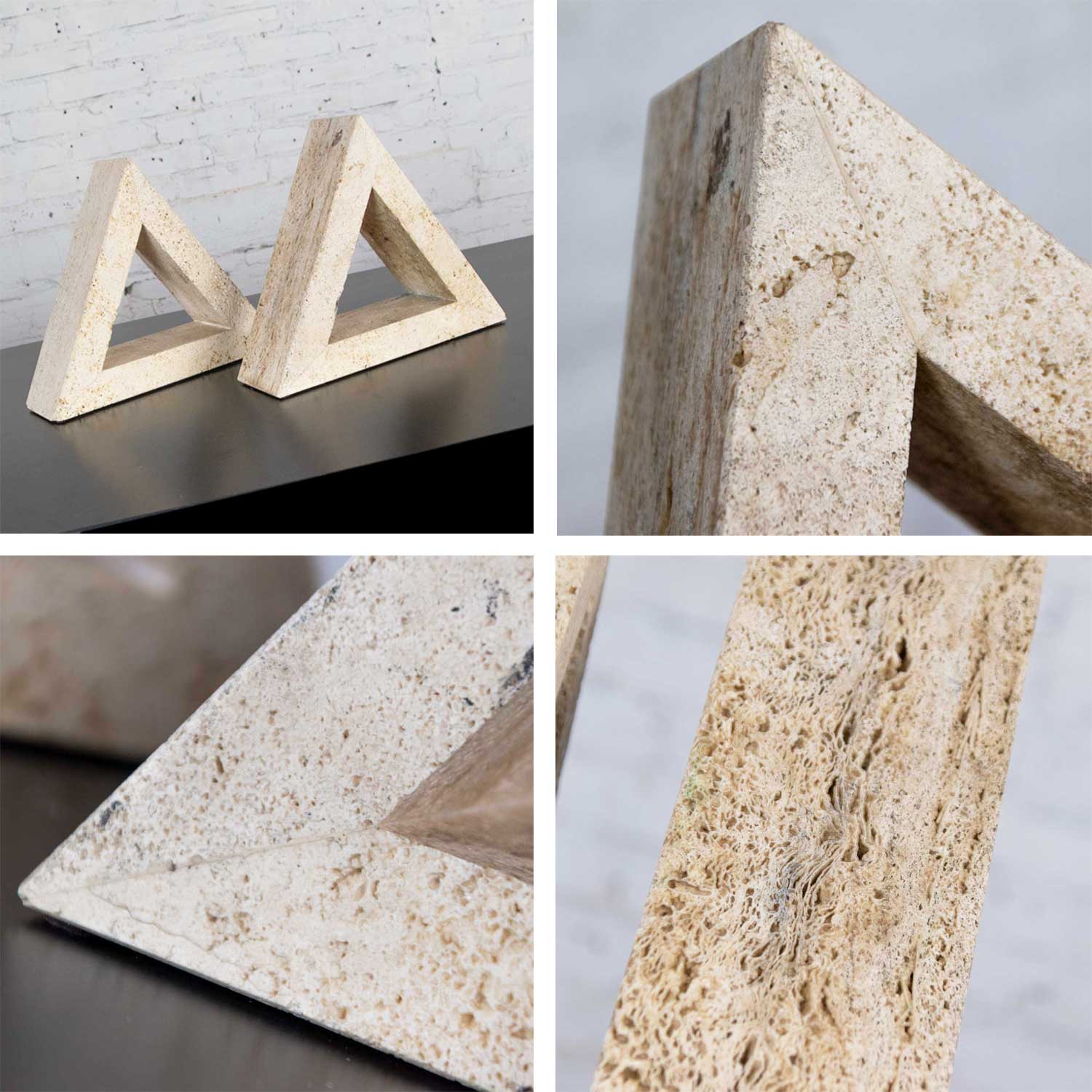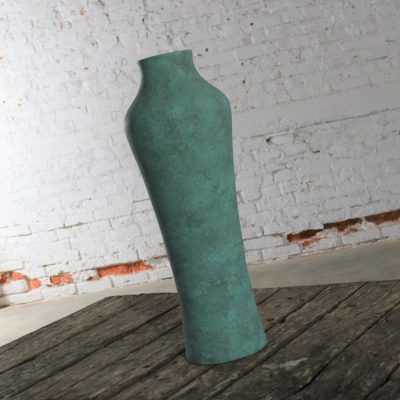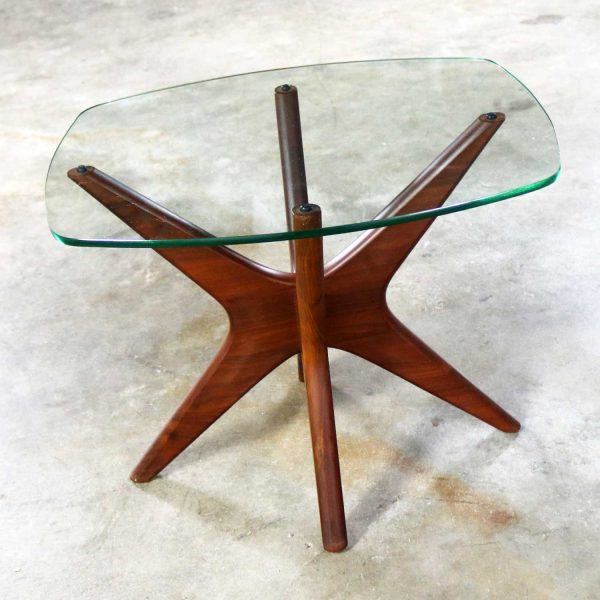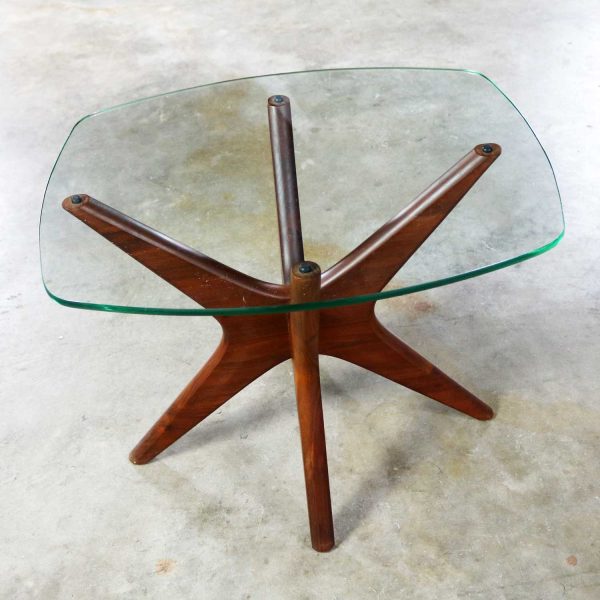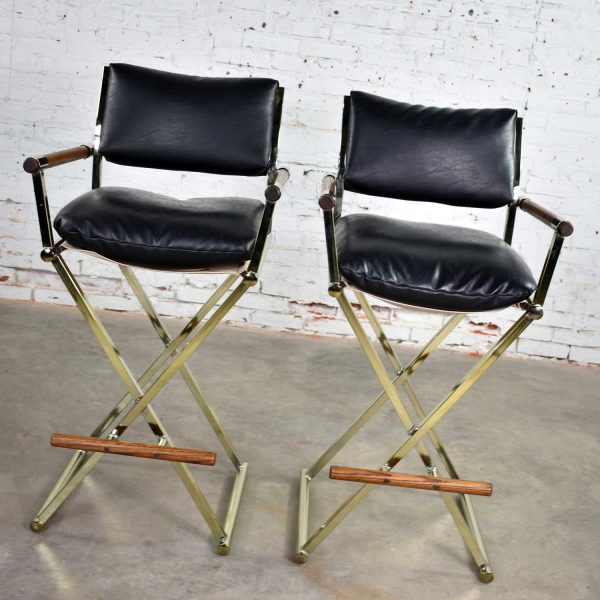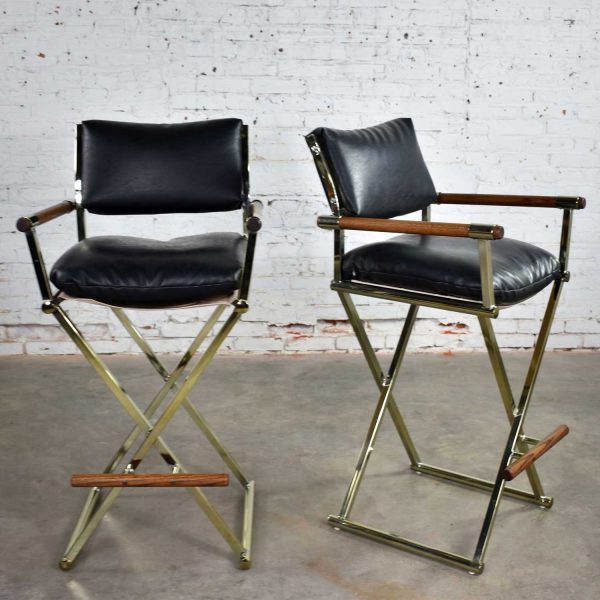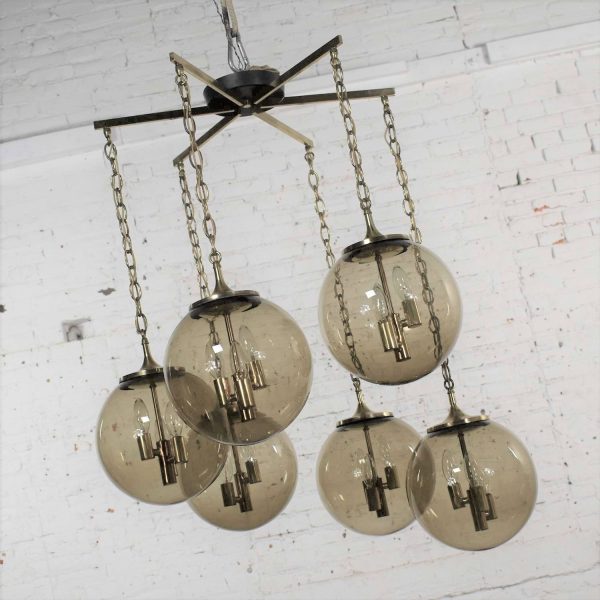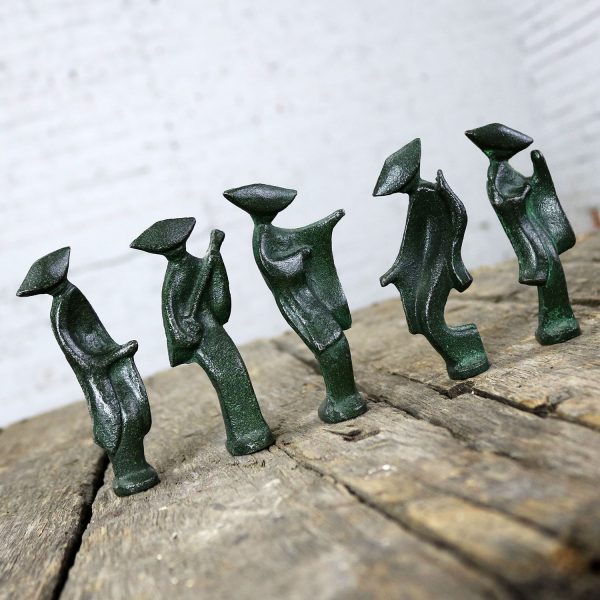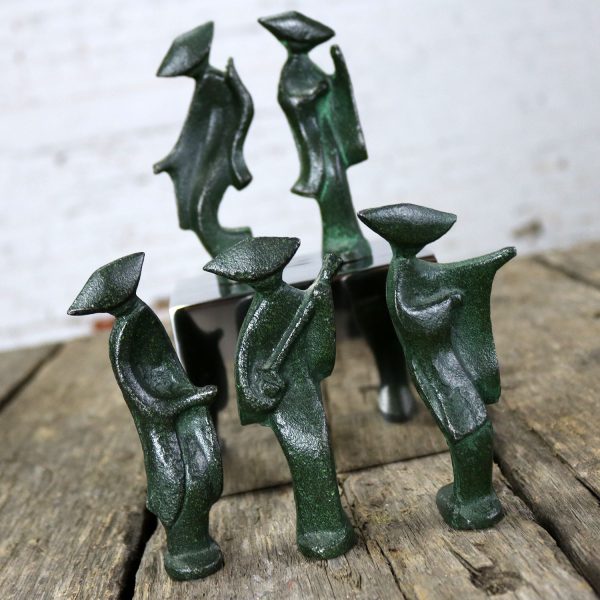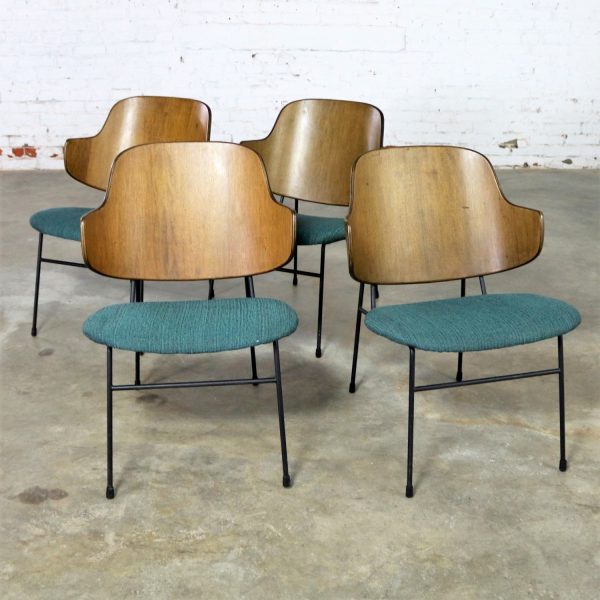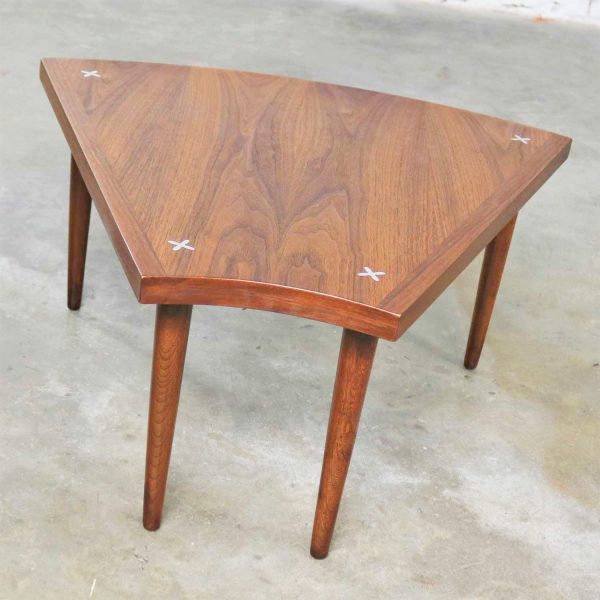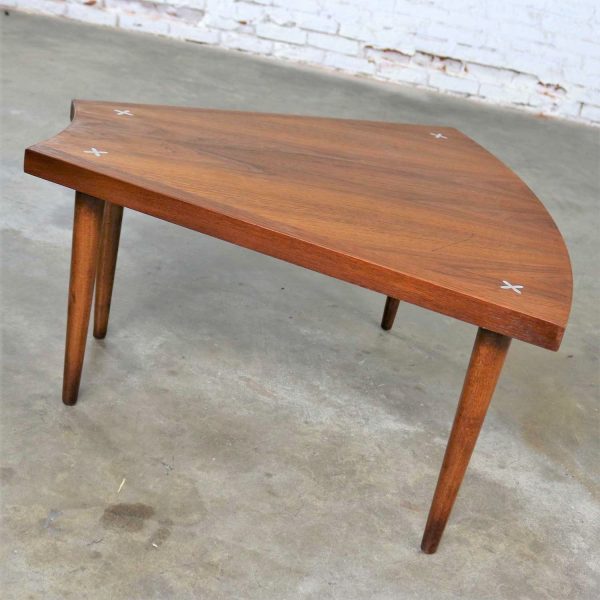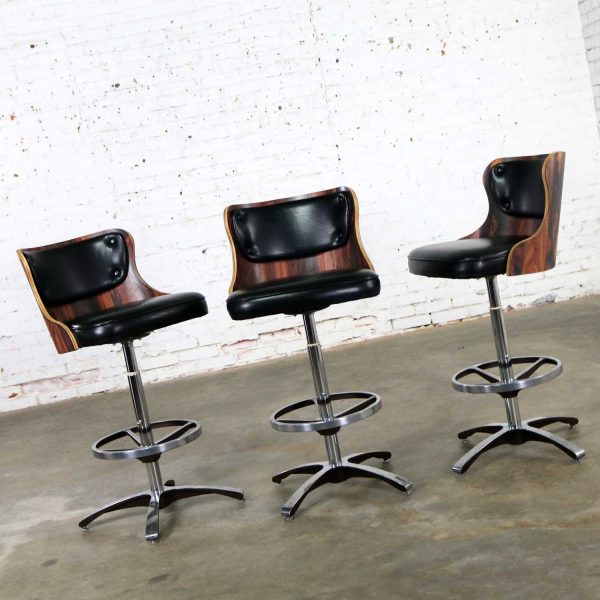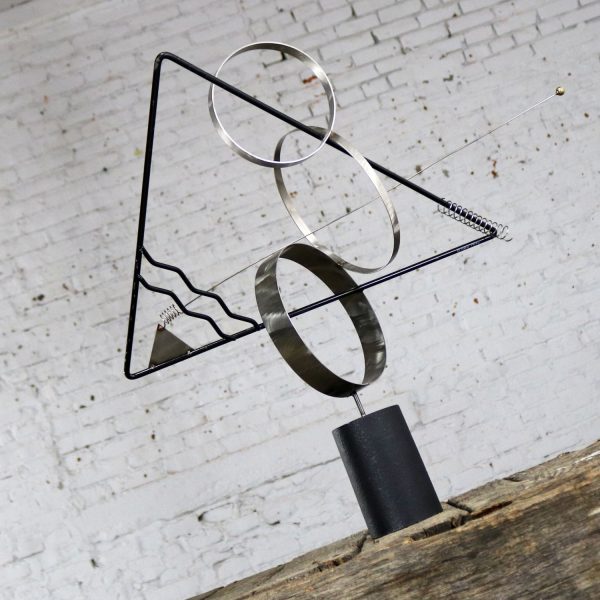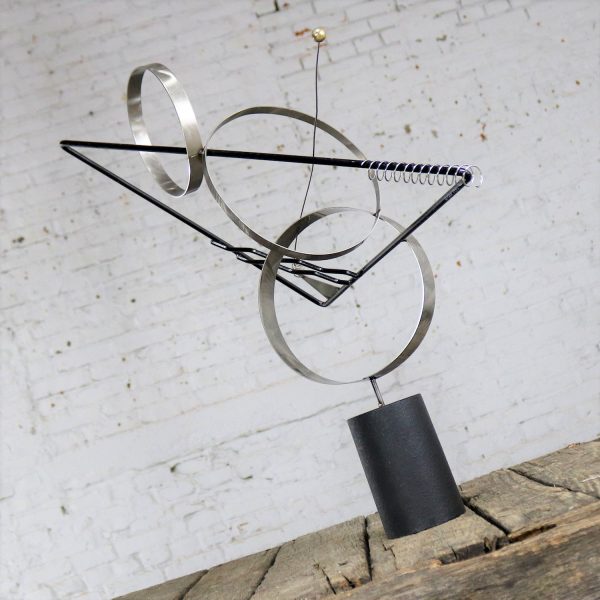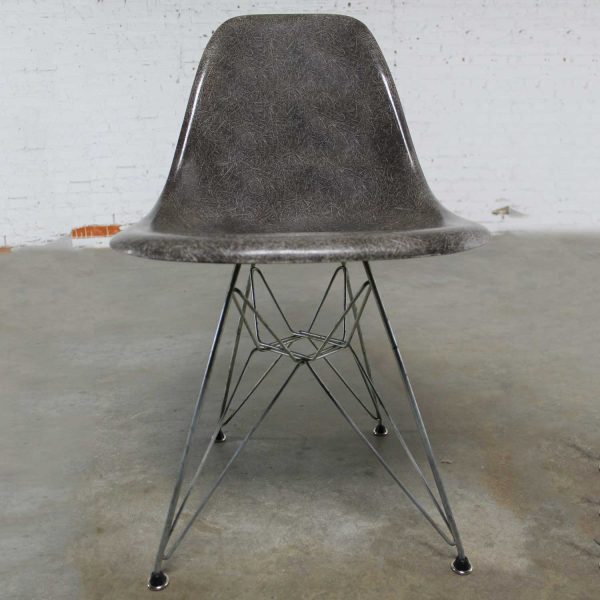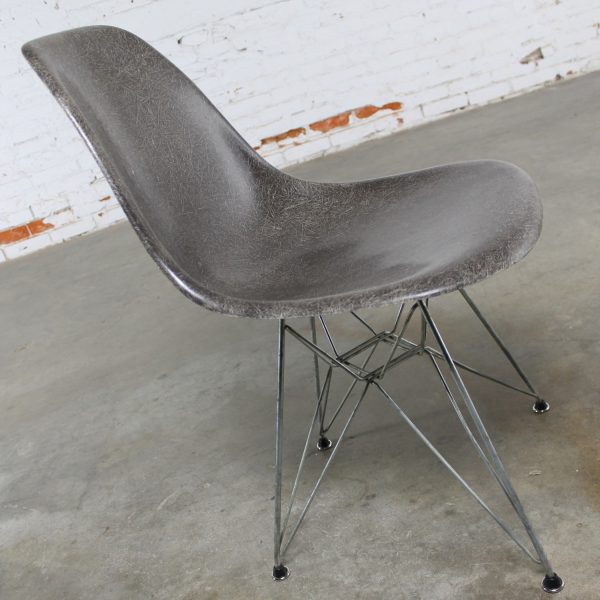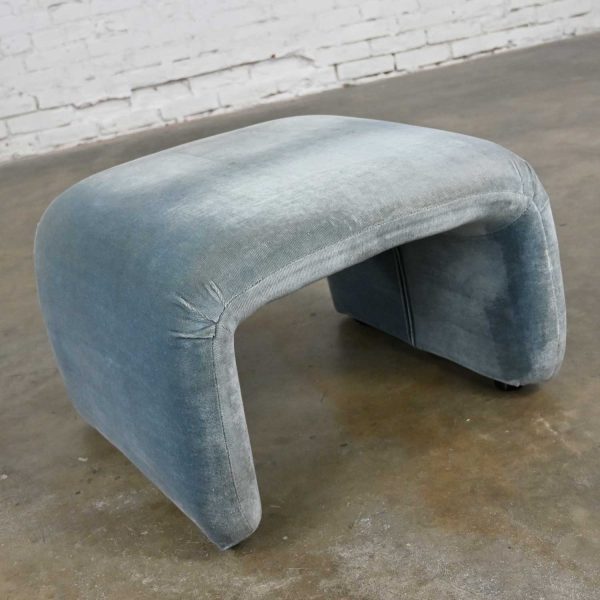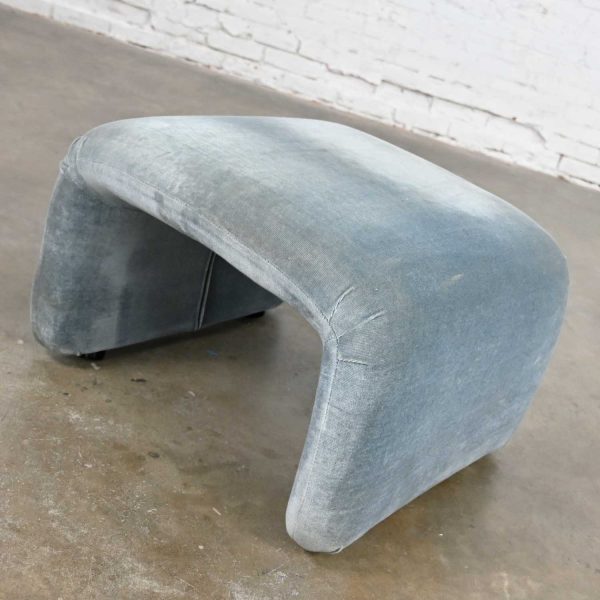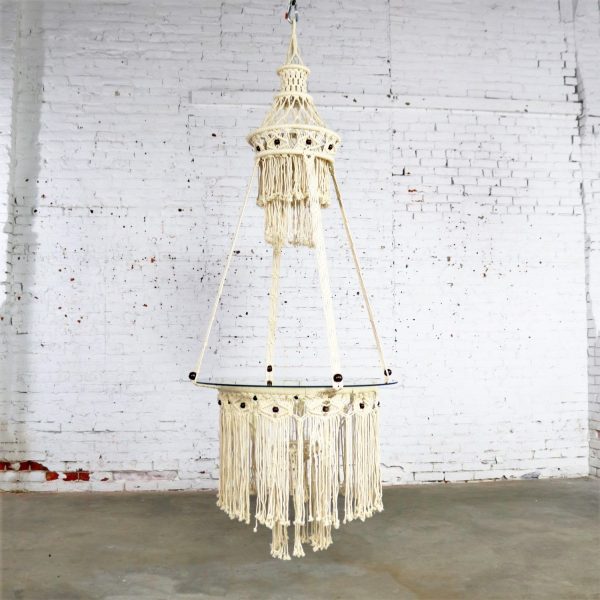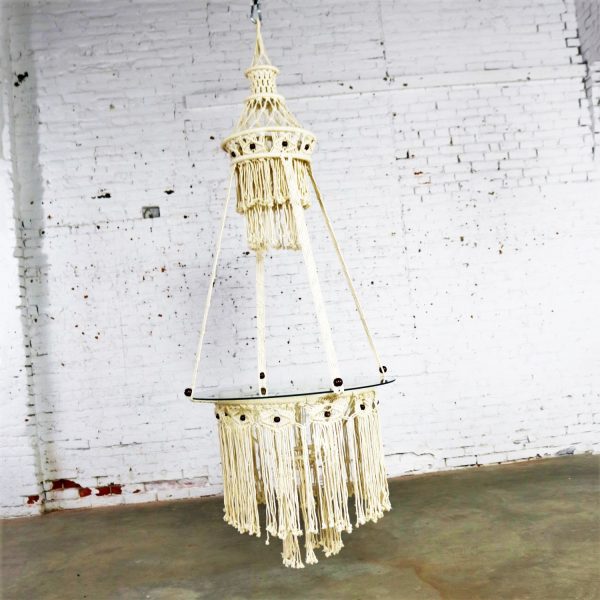Splendid in their simplicity!! These book ends are the perfect way to support your favorite book collection! Comprised of solid travertine these delta shaped book ends are attributed to Fratelli Mannelli for Raymor. Obviously, they provide a stylish way to embrace a set of novels, catalogs, or cookbooks but they are beautiful enough to stand on their own as sculptures. Whether your design style is mid-century modern, contemporary, Art Deco, Mediterranean, or Industrial these book ends are just what you need to add some additional flare to your décor.
Fratelli Manelli is a Postwar & Contemporary artist and Marble sculptor in Signa, Florence, Italy- The brothers Mannelli. Fratelli Mannelli also designed/produced for Marble Art, from Marta in the Province of Viterbo in the Italian region Latium. No other information was available on this artist that we could gleen.
Raymor was built by the American entrepreneur Irving Richards in 1941. He became one of the most influential figures in mid-late 20th century design and was at the cutting edge of popular American tastes during the period. He began his business life in 1926 selling used books in Mahattan, NY and later moved on to form a relationship with designer Russel Wright. This led to the formation of Russel Wright Inc. on March 10th, 1936. In 1941, the Wrights sold their share of the Wright Accessories business to Richards, with the proviso that Richards help them with their ‘American Way Program’ of supporting new American designers. He did this, but it was ultimately unsuccessful. Following the sale, Wright Accessories Inc. was renamed Raymor Mfg Division Inc. on February 19th, 1941, and Raymor was born. In 1963, Raymor was sold to furniture company Simmons, which itself was later sold to Gulf & Western. The company name was changed to Raymor Richards, Morgenthau Inc. on December 15th,1969. During the mid-late 1960s and early 1970s, Richards was placed in charge of furniture. He strictly controlled the outcome by taking part in every part of the decision process, but always took advice from Bagni, Londi, or their equivalents. Richards was also instrumental in introducing Ettore Sottsass to ceramics around 1956, placing him firmly under the wing of Aldo Londi at Bitossi. Irvine Richards retired from Raymor sometime in 1970. Credit to: Mark Hill Publishing.
We know you love these iconic book ends as much as we do, Make them yours!




